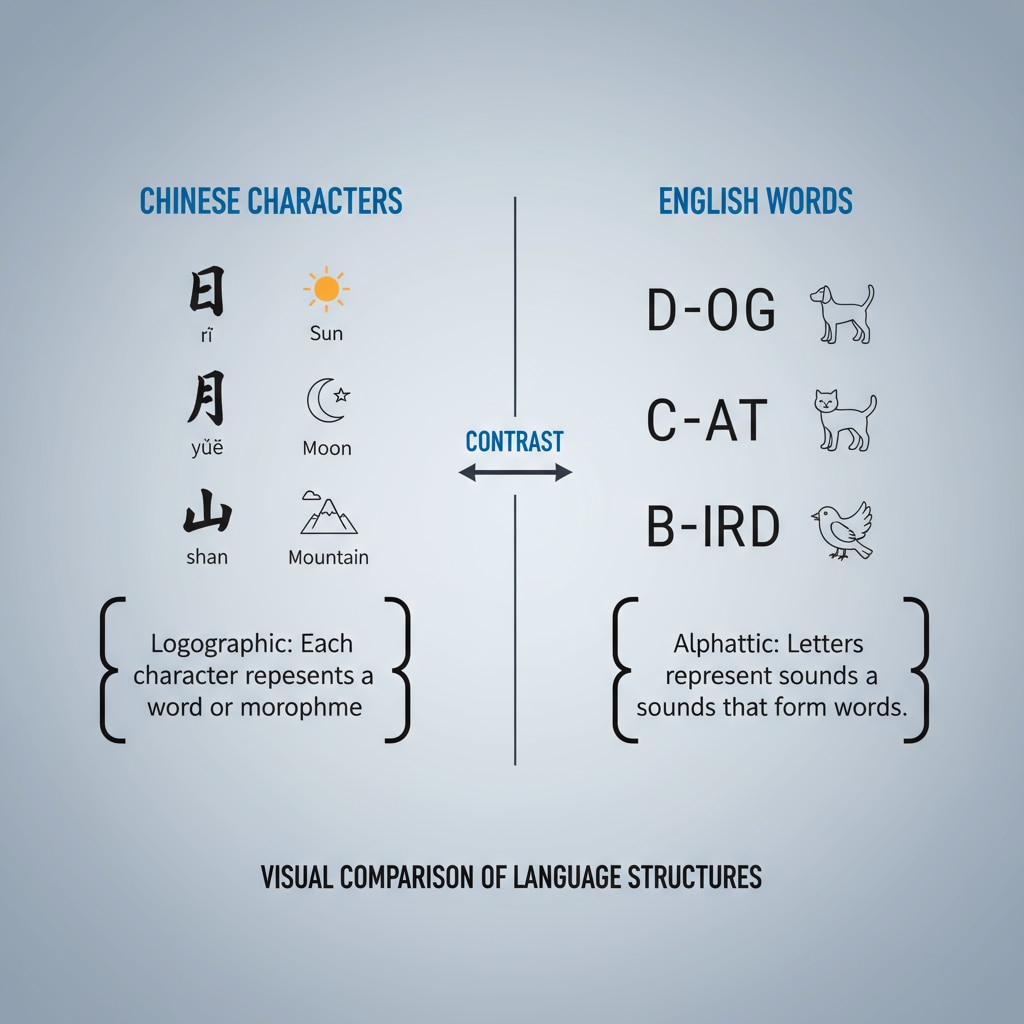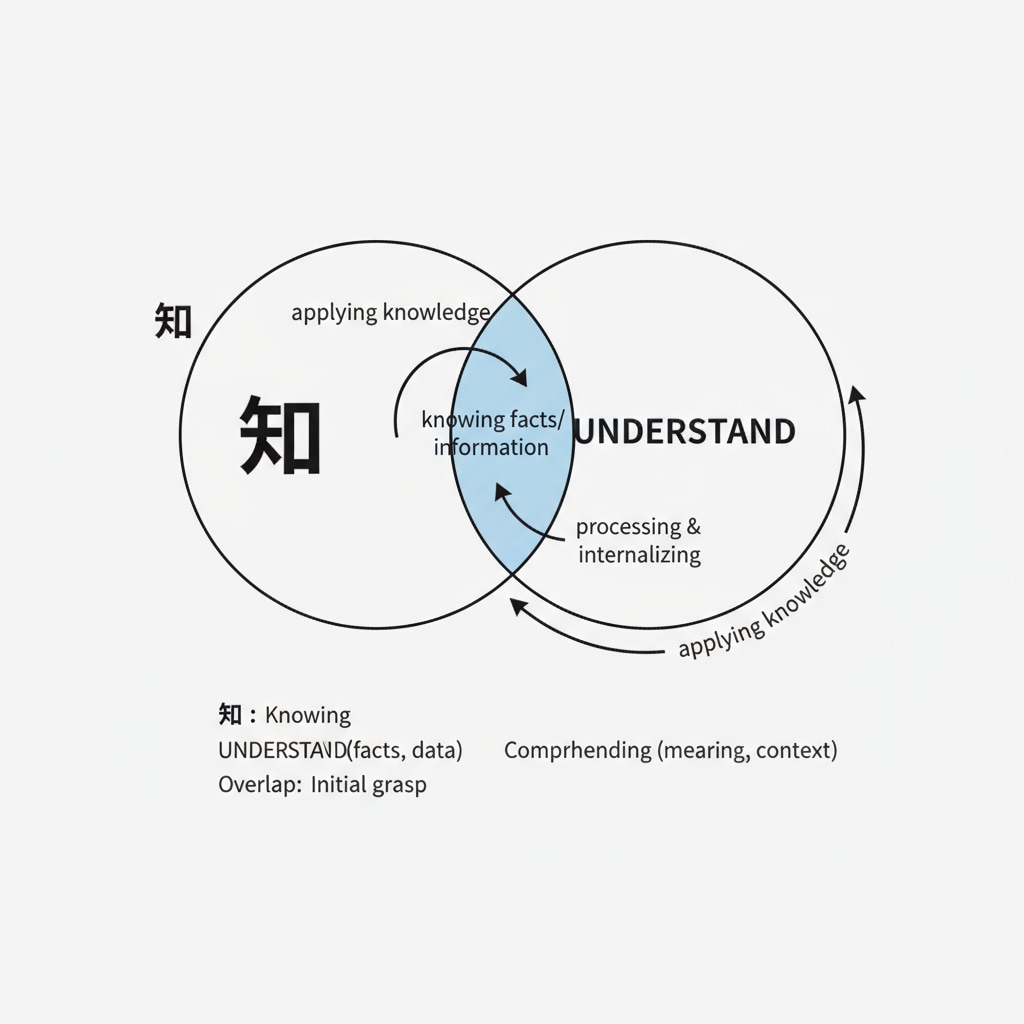Knowledge comprehension, linguistic differences, and cultural thinking are intertwined aspects that significantly influence our learning and perception. In this exploration, we will closely examine the semantic contrast between the Chinese word “知” (zhī) and the English word “understand,” and how these differences mirror distinct cultural mindsets. This journey will also shed light on the crucial shift needed in K12 education from a traditional “knowledge transfer” model to one that emphasizes “deep understanding.”

The Semantic Landscape of “知” and “Understand”
The Chinese character “知” has a broad semantic range. It often simply implies having information or awareness. For example, one can “知” a fact, like knowing that the sky is blue. It is more about the acquisition of data. On the other hand, “understand” in English conveys a deeper level of cognitive processing. It involves making sense of information, seeing relationships, and being able to apply knowledge in different contexts. As Lexical semantics on Wikipedia explains, the semantic nuances of words are shaped by the cultural and historical contexts in which they are used.

Cultural Reflections in Language
These semantic differences are not accidental; they are deeply rooted in cultural thinking. In Chinese culture, there has been a long tradition of valuing the accumulation of knowledge. Memorization and rote learning have been important methods, as seen in the emphasis on classic texts. Western cultures, influenced by philosophical traditions like Socratic dialogue, encourage critical thinking and the exploration of ideas. This difference is evident in how the language encodes the concept of knowledge. As Cultural studies on Britannica points out, language is a reflection of a society’s values and ways of thinking.
The implications for K12 education are profound. Traditional education has often focused on the transfer of knowledge, much like the narrow sense of “知.” However, in today’s complex world, students need more than just facts. They need to be able to understand concepts deeply, make connections, and think critically. This requires a shift in teaching methods. Educators should design activities that promote understanding, such as group discussions, project-based learning, and problem-solving tasks.
In conclusion, the semantic contrast between “知” and “understand” offers a window into the cultural thinking differences between the East and the West. By recognizing these differences, K12 education can better prepare students for the challenges of the modern world. This shift from a knowledge-transfer model to a deep-understanding model is not just a linguistic consideration but a crucial step in cultivating true learning wisdom.
Readability guidance: Short paragraphs and lists are used to summarize key points. Each H2 section has a list-like structure. The proportion of passive voice and long sentences is controlled. Transition words like “however,” “therefore,” “in addition,” “for example,” and “as a result” are scattered throughout the text.


